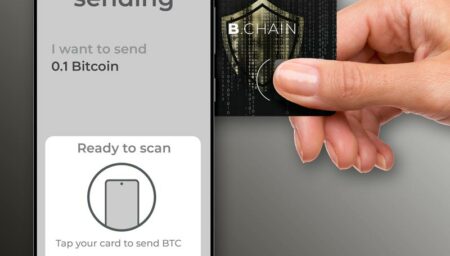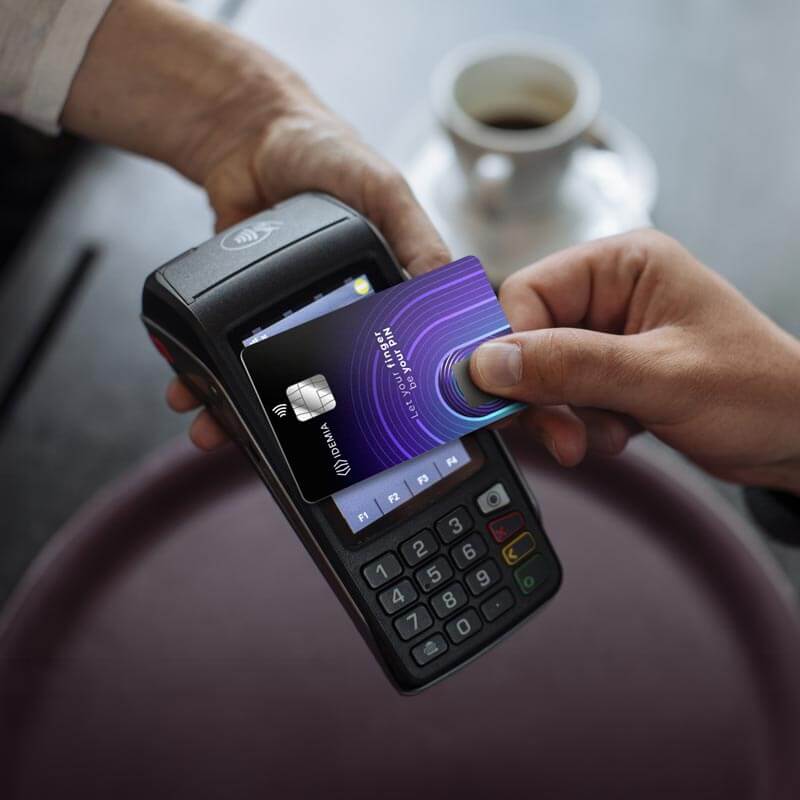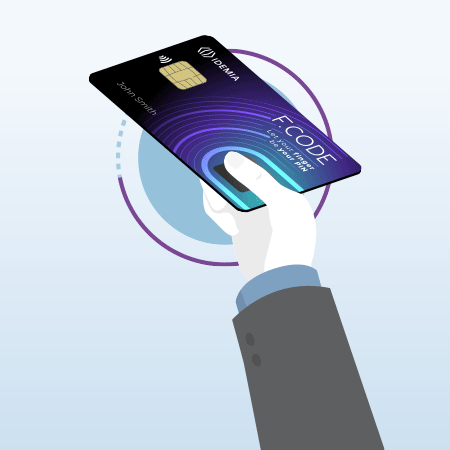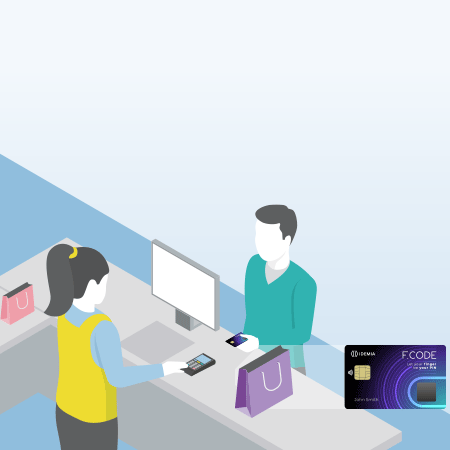Protecting crypto wallet private keys and transactions with a biometric card


IDEMIA is a pioneer in the biometric payment card industry with F.CODE, the world’s first biometric payment card—allowing customers to authorize payments via a fingerprint sensor.
Technology is changing the way individuals can prove their identity. The use of biometrics improves the security and usability of our identities with the simple press of a finger or scan of a face or iris, ensuring that our identities remain our own.
Proving our identity is particularly important when it comes to making purchases. With IDEMIA’s F.CODE biometric payment card customers authorize payments via a fingerprint sensor embedded into the card. To ensure privacy, their biometric data is securely stored in the chip and never leaves the card.
IDEMIA offers several secure and intuitive ways for cardholders to enroll their fingerprints—all from the convenience of their own home, or in branch— for simplified adoption.
Besides increased security, nothing else changes for the cardholder or the merchant. With this fully EMV compliant card, transactions are still made by tapping or inserting the card into a merchant POS terminal. However, with F.CODE the transaction is authenticated the same instant the card is tapped; meaning the contactless payment method can be used no matter the amount of the transaction or the threshold. This makes transaction security even more convenient.
F.CODE answers the high demand for contactless payments regardless of the amount.
With this biometric payment card, the transaction is authenticated the same instant the card is tapped.
With the F.CODE card, issuers enable a convenient consumer journey with a fully EMV compliant card, and convey an innovative and security-conscious brand image.
No chance for wrong PIN entry means no false declines for genuine transactions. Cardholders only need to press the card fingerprint sensor to prove their identity when they make a purchase.

As a bank challenger, we are constantly testing new technology to develop smarter financial services that are easier to use and that help our customers improve their everyday financial lives. We are moving at a high pace to provide new and attractive innovations to customers. Launching biometric F.CODE debit cards is part of our strategy to offer smart and secure payment solutions across platforms, whether you wish to pay with your mobile, a card or with a transfer.
Jonas Hultin, Chief Product Officer and one of Rocker’s three founders

End-consumer survey 2021 on biometrics in payments
Consumers around the world are warming up to the idea of using biometrics in payments. The adoption of biometric authentication for uses such as payment cards is driven by the wide acceptance of biometrics for various smartphone-based transactions.

Taking the payment card into the biometric world
Today, unlocking a smartphone by entering a PIN feels antiquated. However, it wasn't so long ago that this was a regular part of our daily lives. In 5 years, will PIN codes for payment cards feel as out-dated as they do for smartphones today?
Latest News
Related content